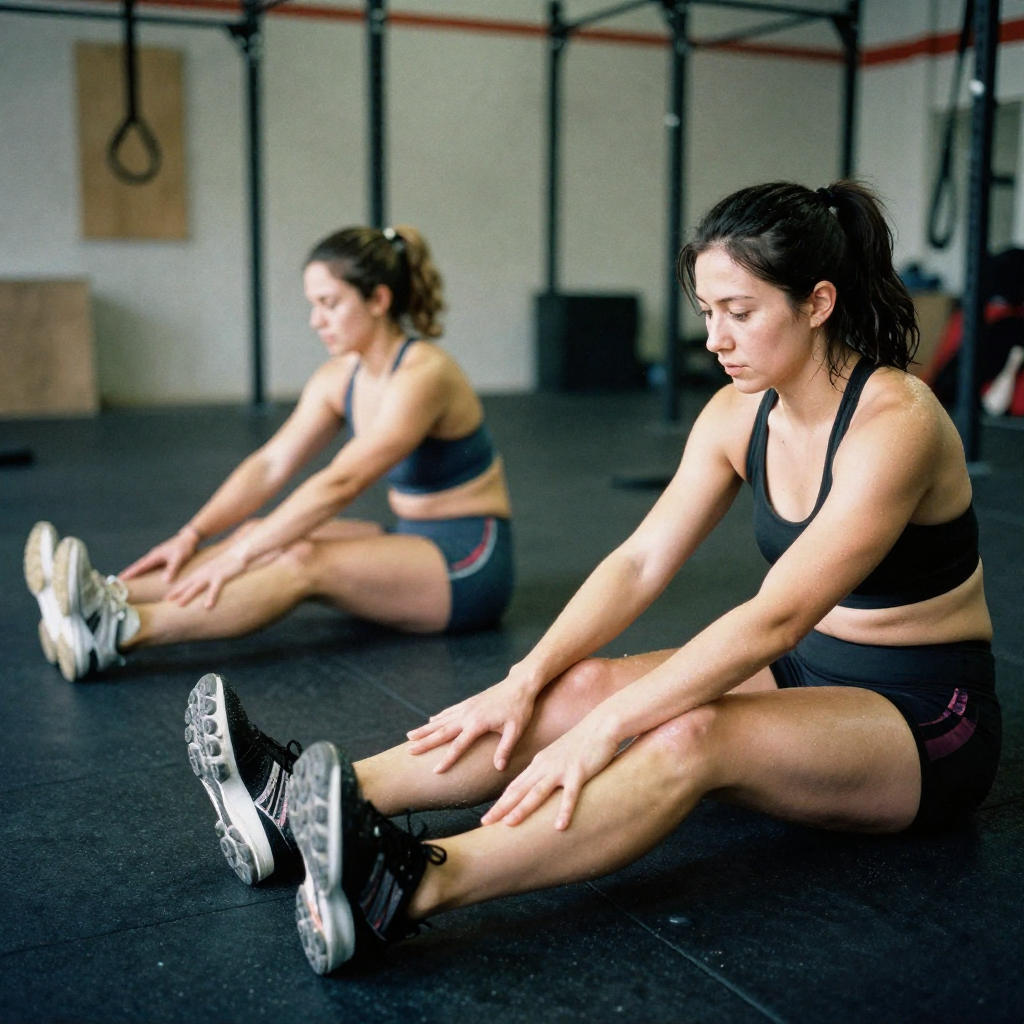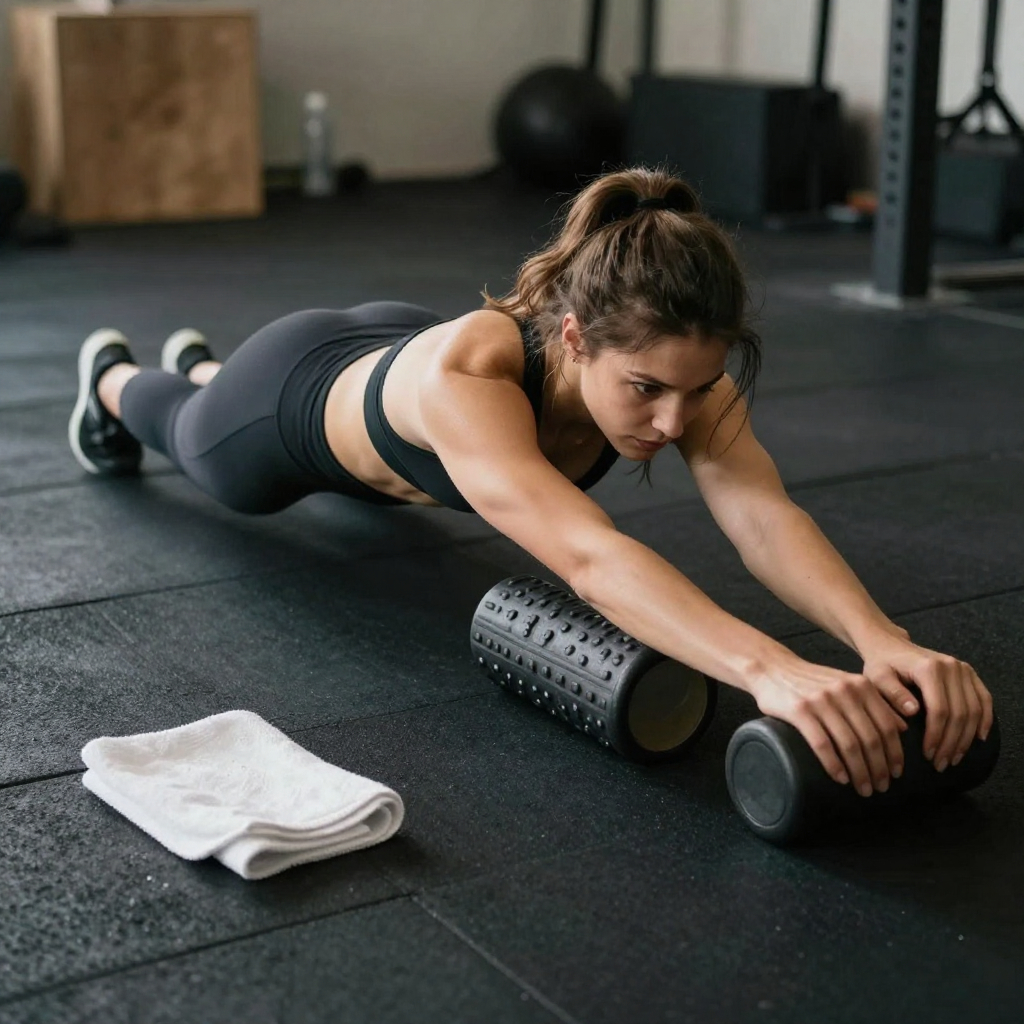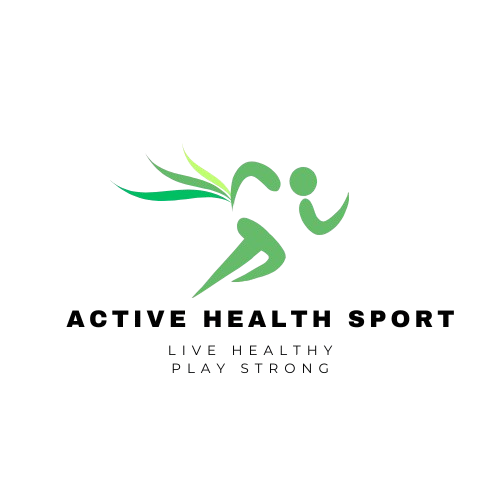You can have the best training plan, perfect nutrition, and top supplements, but if your hydration and recovery are neglected, your body will eventually burn out.
In late 2025, recovery has finally earned its place beside training. Science shows that over 40% of active adults underperform due to inadequate hydration and poor recovery habits, not because of a lack of effort.
In this blog, we’ll explain how water, rest, and smart recovery strategies form the foundation of sustainable fitness and mobility, supported by new research, real examples, and practical action steps.
What Hydration Actually Does Inside Your Body
Hydration isn’t just about drinking water, it’s about maintaining the fluid balance that supports every biological function.
Here’s what proper hydration does:
| Function | Hydration’s Role | Result of Dehydration |
| Muscle Function | Keeps muscles flexible and prevents cramps | Tightness, fatigue, reduced strength |
| Joint Lubrication | Cushions joints and improves mobility | Stiffness, pain, reduced movement |
| Circulation | Supports oxygen transport | Slow recovery, dizziness |
| Temperature Regulation | Controls sweating and heat balance | Overheating, faster fatigue |
| Cognitive Function | Keeps brain alert and focused | Brain fog, headaches, poor decisions |
Even a 2% drop in hydration can cause measurable decreases in performance, focus, and endurance.
Real-Life Case Study 1: The Runner Who Couldn’t Recover
Profile: 34-year-old amateur marathon runner.
Problem: Persistent fatigue, leg cramps, and slow recovery despite training properly.
Findings: He was drinking less than 1.5 liters of water daily, not nearly enough for his activity level.
Intervention: Added electrolyte-based hydration, increased daily intake to 3 liters, and included recovery smoothies post-run.
Result: Recovery time reduced by 30%, no more cramps, and better energy levels within 2 weeks.
Lesson: You can’t out-train dehydration; even the best athletes can underperform if recovery and hydration are ignored.
Recovery isn’t about “doing nothing.”
It’s an active process that restores your muscles, hormones, and nervous system after stress.
3 Phases of Recovery
| Phase | What Happens | What Helps Most |
| Immediate (0–2 hrs) | Muscles repair micro-tears | Hydration, protein, stretching |
| Short-Term (24–48 hrs) | Glycogen stores replenish | Sleep, balanced meals, gentle movement |
| Long-Term (3+ days) | Adaptation and strength gain | Active recovery, mobility work, stress control |
Skipping recovery phases leads to plateaus, overuse injuries, and hormonal imbalance.
Symptoms of Poor Hydration and Recovery
- Sore muscles lasting over 3 days
- Low energy despite rest
- Headaches or lightheadedness
- Poor sleep or night cramps
- Dark urine (a key red flag)
In 2025 research (American College of Sports Medicine), Athletes who maintained consistent hydration recovered 25% faster than those who only drank water reactively.
How Much Water Do You Really Need?
Forget the old “8 glasses a day.” Hydration needs vary by weight, activity, and environment.
| Activity Level | Water (per kg of body weight) | Example (70 kg person) |
| Sedentary / Desk Job | 30 ml | 2.1 L/day |
| Moderate Exercise (3–4x/week) | 40 ml | 2.8 L/day |
| Intense Exercise or Hot Climate | 50–55 ml | 3.5–3.8 L/day |
💡 Tip: Electrolyte balance matters. Include sodium, potassium, and magnesium, especially if you sweat heavily.
Also Read the Latest: Daily Water Intake: What’s the Right Amount for You?
Case Study 2: The Corporate Worker Who Couldn’t Stay Focused
Profile: 41-year-old marketing executive working 10-hour days.
Problem: Constant headaches, afternoon fatigue, poor focus.
Findings: Consumed only coffee and soda throughout the day, zero pure water.
Intervention: Introduced 2.5 liters of water + 1 electrolyte drink daily, reduced caffeine.
Result: Headaches disappeared, energy improved, and focus returned.
Lesson: Hydration isn’t only for athletes, it’s the productivity secret for professionals too.
If hydration fuels recovery, sleep seals it.
During deep sleep, your body releases growth hormone, repairs muscle tissue, and balances cortisol (stress hormone).
Optimal Recovery Sleep Routine
- 7–9 hours of quality sleep
- Dark, cool room (18–20°C)
- Avoid screens 1 hour before bed
- Hydrate early, not right before bed (to prevent waking up)
Study (Journal of Strength and Conditioning, 2024): Athletes with consistent sleep routines had 50% fewer injuries and better muscle adaptation.
Also Read the Latest: How Athletes and Active People Can Recharge More Effectively
Active Recovery Techniques (Science-Backed)
| Technique | How It Helps | Frequency |
| Foam Rolling | Breaks muscle tension, improves blood flow | 10–15 min post-workout |
| Stretching & Mobility | Restores range of motion | Daily (short sessions) |
| Walking or Light Cycling | Enhances circulation | 20–30 min on off-days |
| Massage Therapy | Reduces inflammation, promotes relaxation | 1–2x per week |
| Cold/Heat Therapy | Manages soreness and inflammation | As needed post intense training |
These methods work best when combined with proper hydration and nutrition.
Nutrition’s Role in Recovery
Hydration and recovery depend on what you eat, too. Your post-workout meal should help replenish glycogen, repair tissue, and restore electrolytes.
| Nutrient | Source | Role |
| Protein | Eggs, chicken, lentils | Rebuilds muscle fibers |
| Carbohydrates | Rice, oats, fruits | Refuels energy stores |
| Healthy Fats | Olive oil, nuts, avocado | Reduces inflammation |
| Electrolytes | Coconut water, bananas, sea salt | Restores fluid balance |
Timing: Eat within 60–90 minutes post-workout for best absorption.
Recovery for Desk Workers vs. Athletes
Even if you’re not training intensely, you still need recovery, especially from mental and postural fatigue.
| Group | Main Stress Type | Recovery Focus |
| Desk Workers | Static posture, eye strain | Movement breaks, hydration, stretch breaks |
| Recreational Exercisers | Muscle fatigue, mild stress | Proper sleep, protein intake |
| Athletes | High physical load | Advanced recovery methods, sports therapy |
Everyone recovers differently, but everyone needs recovery.
Hydration & Recovery in Hot vs. Cold Environments
Climate dramatically affects hydration needs.
| Condition | Challenge | Solution |
| Hot Weather | Excess sweat loss | Drink 1 extra liter + electrolytes |
| Cold Weather | Reduced thirst signal | Schedule hydration reminders |
| High Altitude | Increased respiration loss | Sip fluids hourly, prioritize carbs |
💡 Even mild dehydration in cold climates can impair muscle coordination by up to 15%.
Recovery Tracking: Using Technology to Your Advantage
Modern sleep wearable technology has revolutionized the way athletes and active individuals monitor recovery. Instead of guessing how well your body is bouncing back after workouts, devices now provide precise data that helps you make smarter decisions about rest, performance, and training intensity.
One of the most valuable metrics is Heart Rate Variability (HRV), which measures the variation between heartbeats. A higher HRV generally indicates that your nervous system is well-balanced and your body is ready for physical exertion, while a lower HRV can signal fatigue or stress.
Sleep tracking tools take this a step further by breaking down your rest into stages such as deep sleep, light sleep, and REM. Understanding these patterns allows you to identify factors, like late-night screen time or caffeine, that may be disrupting recovery.
Additionally, hydration trackers have emerged as essential tools for endurance athletes. These devices monitor fluid loss through sweat and remind you to rehydrate, preventing fatigue and muscle cramps before they start.
When you combine insights from HRV, sleep, and hydration data, you can build a personalized recovery strategy. This method not only helps prevent overtraining and burnout but also enhances long-term performance and resilience, making technology a true ally in your fitness journey.
Practical Tips for Daily Hydration & Recovery
Building strong recovery habits starts with simple, consistent actions that support both your hydration and overall wellness. Begin each morning by drinking 300-500 ml of water right after waking up. It rehydrates your system, jumpstarts metabolism, and prepares your body for the day ahead.
Make it a rule to hydrate before you feel thirsty. Thirst is a late signal that your body is already in a mild state of dehydration, which can reduce focus, endurance, and recovery efficiency. Keep a reusable water bottle nearby throughout the day as a visual reminder to sip regularly.
Nutrition plays a vital role, too. Incorporate hydrating foods like cucumbers, watermelon, oranges, and spinach into your meals. These not only provide fluids but also electrolytes and essential micronutrients that aid muscle repair and energy production.
For better recovery, pair rest with gentle movement. Activities such as yoga, stretching, or light mobility drills improve circulation and help flush out metabolic waste from your muscles, speeding up recovery between workouts.
Lastly, set weekly recovery goals, track your sleep quality, soreness, and energy levels. Over time, you’ll identify what helps you feel your best, allowing you to adjust hydration and recovery routines for maximum results.
Also Read: Top Signs You’re Dehydrated and How to Fix It Quickly?
Quick Recovery Drinks You Can Make at Home
| Drink Type | Ingredients | Purpose |
| Coconut Electrolyte Mix | Coconut water + pinch of salt + lemon | Rehydrates after sweat loss |
| Protein Recovery Smoothie | Banana + protein powder + almond milk | Post-workout repair |
| Anti-Inflammatory Shot | Turmeric + black pepper + ginger + honey | Reduces muscle inflammation |
| Sleep Aid Drink | Warm milk + cinnamon + magnesium powder | Improves sleep quality |
These natural options are simple, inexpensive, and highly effective.
2025 Research Insights: Why Recovery Is Now a Fitness Priority
In 2025, the global fitness focus has shifted not toward doing more, but recovering better. Recent research from the Harvard School of Public Health (2025) found that individuals who prioritized hydration and recovery improved their overall performance by an impressive 33% within just six weeks.
Similarly, a study published in the European Journal of Sports Medicine (2024) revealed that athletes maintaining optimal hydration experienced greater muscle elasticity and significantly fewer strains compared to those who neglected recovery routines.
Sleep has also emerged as a powerful recovery tool. According to the Sleep Foundation (2025), consistent, high-quality sleep directly supports metabolic health, hormonal balance, and injury prevention.
Together, these findings redefine modern fitness, proving that the future of peak performance lies not in endless workouts, but in smarter, science-backed recovery practices.
FAQs
How much water should I drink daily for optimal recovery?
The ideal hydration level depends on body weight and activity. Most adults need 30-35 ml of water per kilogram of body weight daily. Add 500-1000 ml more during intense workouts or hot weather to replace fluid loss efficiently.
How can I tell if my body is fully recovered after exercise?
Full recovery shows through steady energy levels, normal resting heart rate, improved mood, and reduced soreness. Monitoring Heart Rate Variability (HRV) via wearables can help determine readiness for your next workout.
Do electrolyte drinks really speed up muscle recovery?
Yes, especially after long or sweaty sessions. Electrolyte drinks restore sodium, potassium, and magnesium, essential minerals that prevent cramps, fatigue, and dehydration-related performance dips. Natural options like coconut water are also effective.
Can dehydration affect sleep quality and muscle repair?
Absolutely. Even mild dehydration increases nighttime restlessness, elevates cortisol levels, and slows muscle protein synthesis during sleep. Staying hydrated throughout the day supports both recovery and deeper, more restorative rest.
What’s the best post-workout hydration and recovery routine?
Rehydrate with electrolyte-rich fluids within 30 minutes of exercise, eat a balanced meal containing protein and complex carbs, and get at least 7-9 hours of quality sleep. This combination maximizes repair, strength, and endurance gains.
You might also like the recent posts…
- Active Recovery for CrossFitters: Walking & Mobility Explained
 CrossFit pushes athletes to their physical limits, lifting heavy, sprinting, jumping, and performing high-intensity functional movements. While the intensity delivers impressive gains, it also places tremendous stress on muscles, joints, and the nervous system. Without… Read more: Active Recovery for CrossFitters: Walking & Mobility Explained
CrossFit pushes athletes to their physical limits, lifting heavy, sprinting, jumping, and performing high-intensity functional movements. While the intensity delivers impressive gains, it also places tremendous stress on muscles, joints, and the nervous system. Without… Read more: Active Recovery for CrossFitters: Walking & Mobility Explained - How Walking and Stretching Boost CrossFit Recovery (Duo)
 CrossFit recovery, athletes often chase intensity, heavy lifts, quick transitions, and heart-racing WODs (Workouts of the Day). Yet, the key to consistent progress isn’t just in the effort you put inside the box, it’s what… Read more: How Walking and Stretching Boost CrossFit Recovery (Duo)
CrossFit recovery, athletes often chase intensity, heavy lifts, quick transitions, and heart-racing WODs (Workouts of the Day). Yet, the key to consistent progress isn’t just in the effort you put inside the box, it’s what… Read more: How Walking and Stretching Boost CrossFit Recovery (Duo) - How Nutrition Impacts Sleep: Foods That Help (and Hurt) Your Night’s Rest
 You Are What – and When – You Eat We often think of sleep as a nighttime habit, but the truth is that good sleep begins with what you eat during the day. Nutrition doesn’t… Read more: How Nutrition Impacts Sleep: Foods That Help (and Hurt) Your Night’s Rest
You Are What – and When – You Eat We often think of sleep as a nighttime habit, but the truth is that good sleep begins with what you eat during the day. Nutrition doesn’t… Read more: How Nutrition Impacts Sleep: Foods That Help (and Hurt) Your Night’s Rest

Kait Amazra is the founder and lead writer of Active Health Sport. With over 25 years of experience in health, fitness, and wellness education, Kait combines professional expertise with a passion for helping people live stronger, healthier, and more balanced lives.
As a licensed health and fitness professional, Kait has worked alongside industry experts to deliver evidence-based insights on physical activity, nutrition, recovery, and holistic well-being. Through Active Health Sport, Kait’s mission is to make trusted, practical, and science-backed health information accessible to everyone, from beginners building new habits to athletes seeking peak performance.

